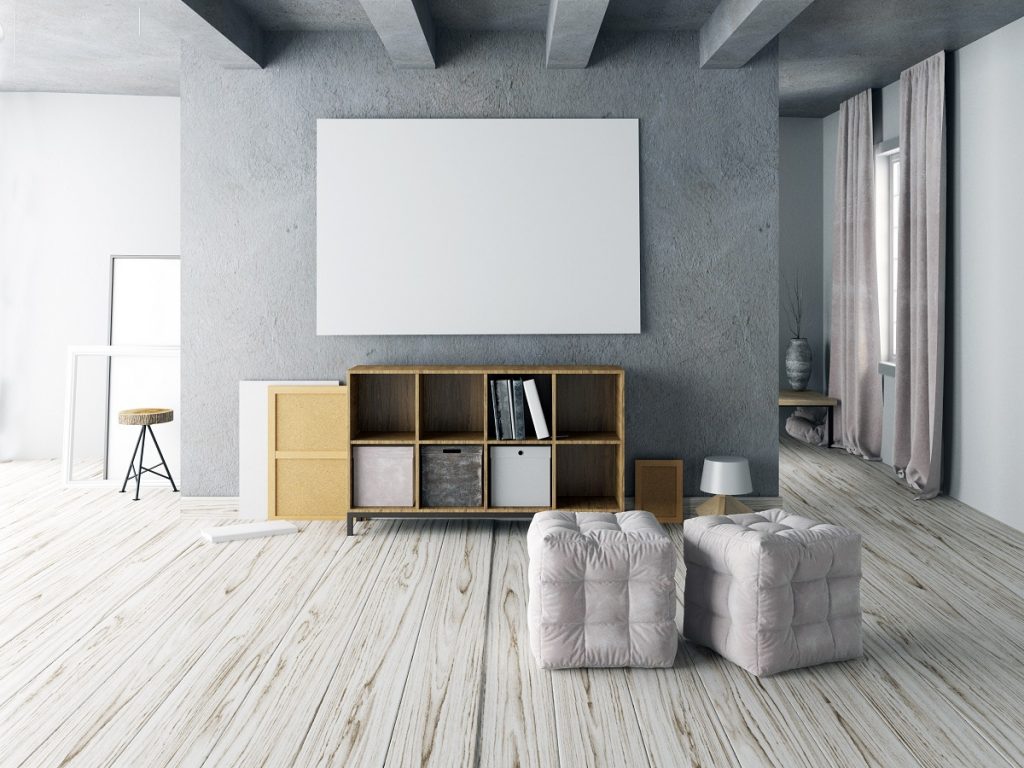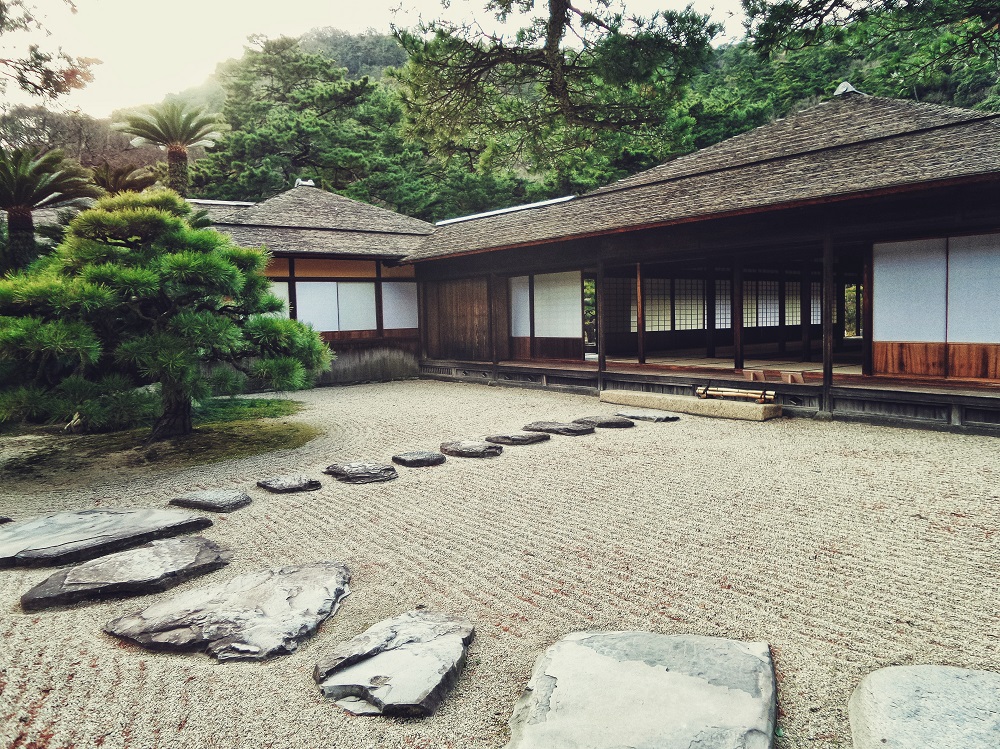Everybody is embracing the trend of open floor plan layouts in their home, as it offers that airy and cosy vibe that is pleasing to the eyes and is beneficial for social interactions. It is one of the many ways to make a small space look bigger than it is. This arrangement, however, is not without challenges. In fact, having a larger space with no walls can actually be a little overwhelming, especially if you do not know how to arrange your furniture and fixtures.
You probably have a lot of questions in mind, such as: Where do you start? How do you differentiate zones in the area? How do you create a good flow at the space? Do not worry. To tackle this project, let these handy tips guide you:
Put up walls
That is, ‘imagination’ walls. If you were to section the spaces in your home, think about where the walls would be. This will help you visualise the space better, create zones, and at the same time, force you to consider good air circulation, lighting, smart storage, and many other aspects. Take special attention to your furniture’s placement, as this is that one factor that would dictate the zone you are creating. Furniture stores that have their own websites could offer some inspirations, so you can pick the right furniture for the specific type of layout in your home. This way, you can do your planning without the hassle of going to their physical shops.
Tie them together
 It is a general principle in interior design that all elements are tied together. This principle is much more important in an open concept, as you are aiming for smooth transitions between zones. You can tie different sections together with the use of colour and patterns. Stick to one colour scheme all throughout or repeat patterns in specific zones. This does not just pertain to your walls or floors, but to your furniture as well. If you use a black and white countertop and cabinets at your kitchen, consider getting a black and white accent chair in your living room, or buy a sofa that UK online stores offer.
It is a general principle in interior design that all elements are tied together. This principle is much more important in an open concept, as you are aiming for smooth transitions between zones. You can tie different sections together with the use of colour and patterns. Stick to one colour scheme all throughout or repeat patterns in specific zones. This does not just pertain to your walls or floors, but to your furniture as well. If you use a black and white countertop and cabinets at your kitchen, consider getting a black and white accent chair in your living room, or buy a sofa that UK online stores offer.
The bottom line is there has to be a connecting element between different sections. Do not make your home a patch of different elements that do not look good together.
Prioritise negative space
Negative space is most important in open plan layouts because you do not want to clutter your space too much so as to blur the distinctions between zones and the elements that tie both zones together. It is best to keep your walls bare and let the eyes have some rest and appreciate the entire design. Make the pathways clutter-free as well, so the empty space could allow people to freely move around, in and between different zones.
Open-plan layouts in homes are good, but without good design, you will not get the good out of it. Keep in mind these tips to pull off your creative project.


